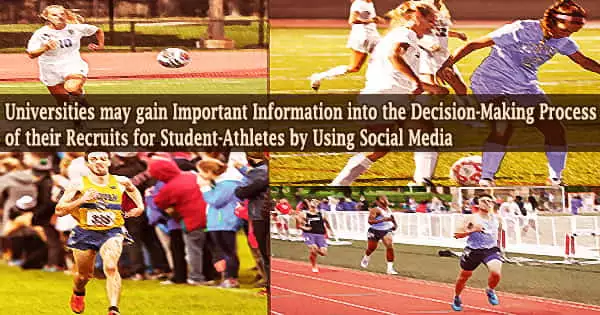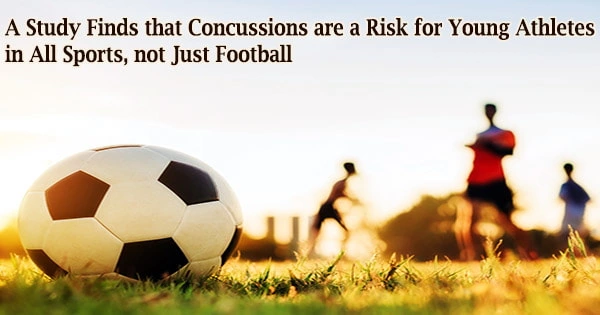With college football’s annual revenue reaching an all-time high of $3.4 billion, institutions around the country spend tens of millions of dollars each year trying to recruit high school athletes to join their football teams. Team rosters are in limbo until student-athletes commit to a university, however, because outstanding players frequently receive scholarship offers from numerous universities.
However, according to a new study published in the INFORMS journal Decision Analysis, social media might give colleges with significant insight into its recruits’ decision-making process. Students can participate in a range of intellectual, athletic, humanitarian, and social endeavors at colleges and universities throughout their time on campus.
College athletics is one of the most popular extracurricular activities because it allows student-athletes to compete, create lasting relationships, develop leadership and time management skills, and increase their work ethic.
Researchers from the University of Iowa, Kristina Gavin Bigsby, Jeffrey W. Ohlmann, and Kang Zhao, performed the study “Online and Off the Field: Predicting School Choice in College Football Recruiting from Social Media Data.” The writers gathered data from 247Sports.com, an online recruiting database, on 2,644 high school football participants in the 2016 recruiting class.
“For each individual athlete, we collected timelines of recruiting events, such as scholarship offers, visits, commitments, and decommitments,” said Bigsby. “We also obtained basic information about the recruiting schools, including location, academic ranking, and football team ranking.”
In the month leading up to a student’s choice, anybody linked with a university (coach, other recruits, or existing athlete) begins following that student on Twitter, the odds of that student joining that institution rise by 40 to 51 percent for each new follower.
Jeffrey W. Ohlmann
The authors then limited their data set to 573 student-athletes who had received two or more scholarship offers and had public Twitter profiles. The authors constructed a model to assist in the forecast which institutions student-athletes will ultimately commit to by examining tweet content, hashtags, followers, accounts followed, and other Twitter interactions such as mentions, replies, and retweets.
A student-athlete must carry out both academic and athletic obligations. To put it another way, they must be enrolled in and attending college classes while also competing in an intercollegiate sport.
“When a student interacts with a university on Twitter, this is associated with an 85 percent increase in the odds of selecting that school,” said Ohlmann. “Furthermore, in the month leading up to a student’s choice, anybody linked with a university (coach, other recruits, or existing athlete) begins following that student on Twitter, the odds of that student joining that institution rise by 40 to 51 percent for each new follower.”
The authors also discovered that for every university coach or fellow recruit a student began following on Twitter, the student became 47 to 62 percent more likely to attend that institution. Alternatively, the chance of a student joining a university is reduced by 3% for each account followed from a different university.
When a student mentioned a certain university in a hashtag, the chance of that student entering that university increased by 305 percent, whereas mentioning an alternate school was connected with a 65 percent fall in those odds.
The model’s predictions can help university coaching and recruiting staff predict which students will commit to their teams, as well as those of competing universities, ahead of time, allowing them to better deploy resources to the most promising applicants.
“The personnel needs of a college football program can change quickly in the final weeks of recruitment especially in cases where a previously committed athlete decommits compelling coaches to revisit their options,” said Zhao. “Our model may also prove helpful to coaches attempting to identify and recruit athletes without a strong attachment to any school.”
















